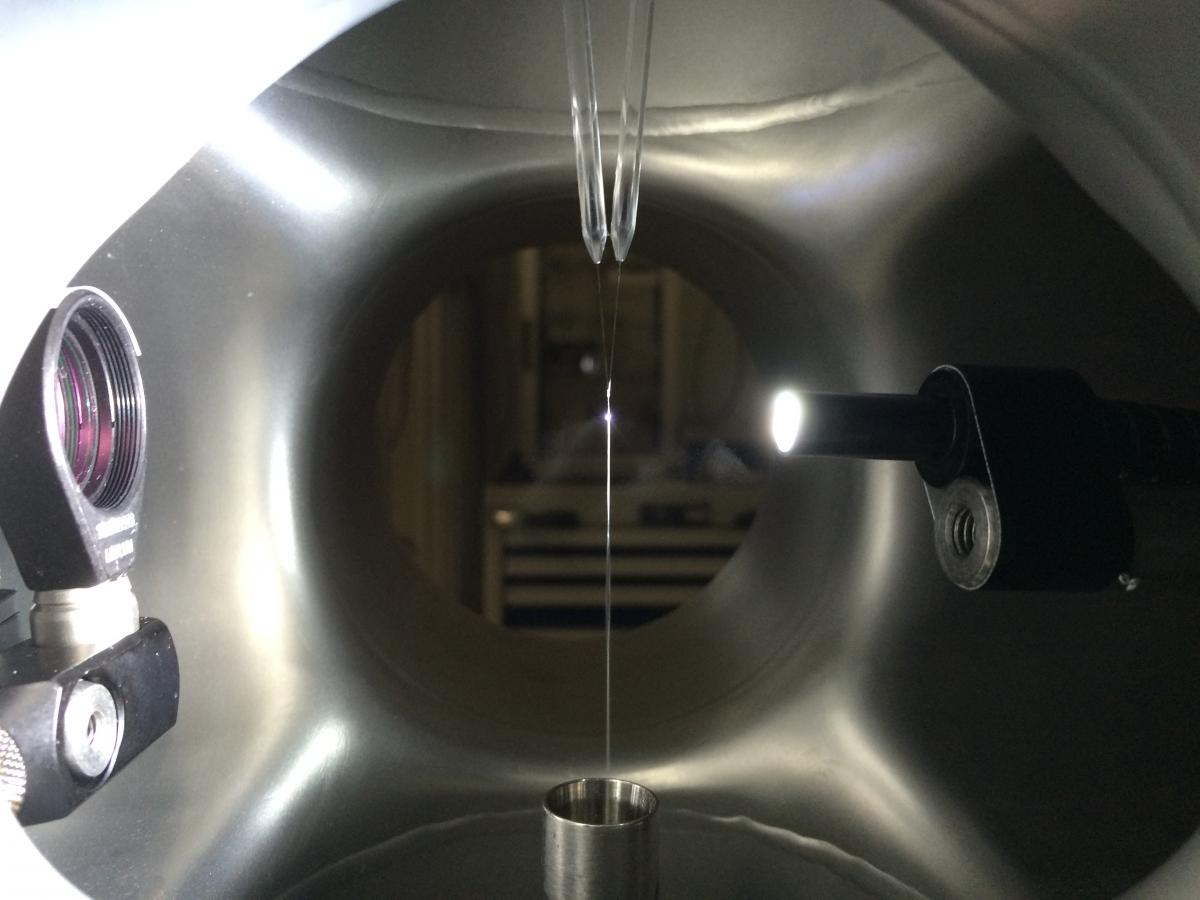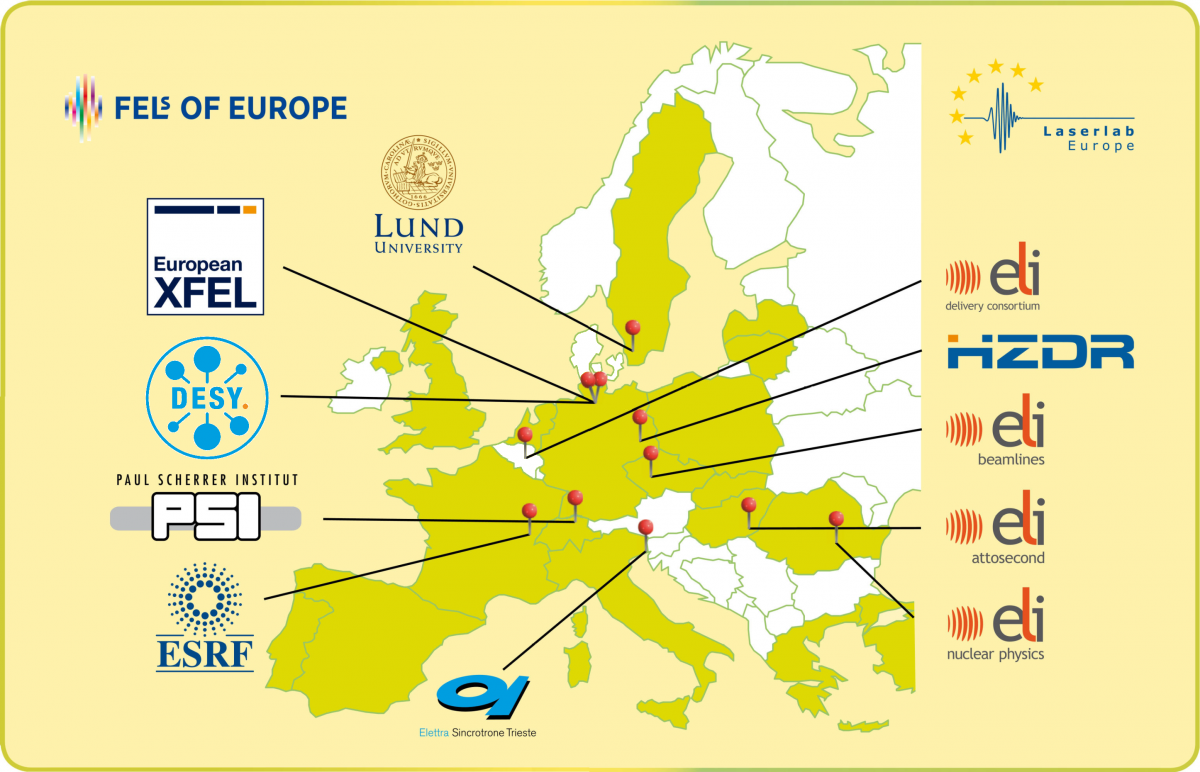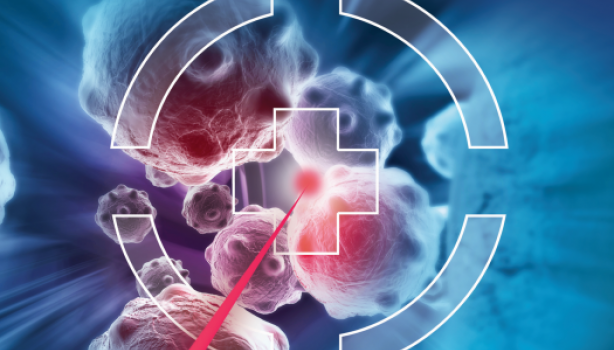The European Cluster of Advanced Laser Light Sources (EUCALL), a project funded by the European Union for the past three years, completed its project-funding period on 30 September 2018. EUCALL brought together complementary advanced light-source facilities across Europe, developing unprecedented collaborations that have led to new technologies and strategies for large science facilities. With a focus on developing technologies for three international European user facilities, EUCALL put together experts to solve issues common to three different types of light sources: synchrotrons, free-electron lasers, and high-power optical lasers. The clustering of light sources and their scientists on specific projects led to the development of devices that are now being installed at a variety of facilities across Europe, thus increasing standardization and efficiency across the European Research Area—helping these facilities better use their resources and providing users with better opportunities to access these facilities and acquire more and higher-quality data.
EUCALL was initiated in 2015 as a way of bringing together accelerator- and optical laser-driven X-ray sources across Europe, whose communities had not before interacted. For years, X-ray science was dominated by the accelerator-driven synchrotron facilities. In parallel, optical laser facilities did similar research using different techniques. However, in recent years, free-electron laser facilities have generated X-rays with the properties of lasers, while optical lasers have became powerful enough to start driving X-ray sources of their own.
This overlap of accelerator- and optical laser-based facilities was where EUCALL set its roots. Teams comprising scientists from ten light source research infrastructures across Europe worked on several technical challenges common to all of their research, developing solutions for each: simulating instrumentation at light source facilities with high precision, providing means for processing complex experiment data at ultrahigh speed, positioning samples at high repetition rates, and characterizing light pulses using advanced methodologies.

 The liquid-jet flat sheet that is used for EUCALL’s ultrafast pulse arrival timing tool, which enables scientists to determine the delay between an optical laser pulse an x-ray and arriving at the sample region for the experiment. The liquid sheet is made by merging two smaller liquid jets, and the combined jet is thinner than a human hair. The laser pulse and the X-ray pulse distorts the point where the two jets merge, changing the jet’s reflectivity. (Credit: EUCALL)
The liquid-jet flat sheet that is used for EUCALL’s ultrafast pulse arrival timing tool, which enables scientists to determine the delay between an optical laser pulse an x-ray and arriving at the sample region for the experiment. The liquid sheet is made by merging two smaller liquid jets, and the combined jet is thinner than a human hair. The laser pulse and the X-ray pulse distorts the point where the two jets merge, changing the jet’s reflectivity. (Credit: EUCALL)EUCALL also enhanced the public availability of information about light sources. A detailed analysis of the characteristics of 121 beamlines across Europe led to a series of recommendations for potential synergies and further development of the facilities. The raw data for this study was then used to augment a publicly available European light source database hosted on www.wayforlight.eu, an international portal for accelerator light source user facilities that has now been expanded to include optical laser-based UV/X-ray sources.
Another important contribution was to bring together the innovation experts of European light sources to build connections between them. EUCALL generated a series of best practices and recommendations for bringing technologies or methods developed at light sources to market and industrial development, based on the practices 14 facilities in Europe, the USA, and Japan.

Florian Gliksohn, Associate Director of ELI Delivery Consortium said “EUCALL confirmed that there are a number of scientific and technical challenges that are indeed best addressed through the joint collaboration of these world-class facilities. We’ve shown that accelerator-based and laser-based light sources are complementary on a number of measures, and have identified many research synergies and potential future capabilities that should be further explored—they can only strengthen Europe’s position as a leader in science research, while also contributing to Europe’s economic future through the fostering of innovation.”
At its closing event in Brussels, EUCALL member institutes agreed to continue the collaboration past the EU funding period. They signed a Letter of Intent to form the EUCALL Forum, which will continue to act as a bridge between accelerator-based and laser-based light sources.


